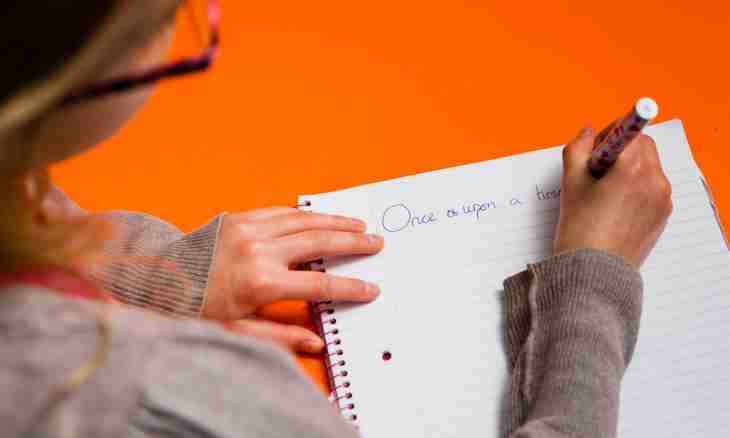The composition on a picture allows by means of language means to tell what the artist already expressed, using graphic receptions. But such analysis helps to understand better both the work, and his author.
Instruction
1. At the beginning of the composition drop a line about the author of a cloth. Mention in what art manner he worked to what creative school belonged. Sometimes for the best understanding of works of the master it is worth giving the most significant, rotary facts of his biography which influenced creation of the described cloth.
2. Briefly characterize the direction of painting to which the picture belongs, transfer its distinctive features, funds of art expressiveness which were used by the artists working in this direction.
3. Define a genre of the work of art (portrait, a still life, a landscape, etc.). Briefly tell about that, the appeal of the author of a cloth to this genre was how characteristic.
4. If you describe a portrait, drop a line about the hero of the work. If it is the famous historic figure, several facts from her biography, undoubtedly, will decorate the composition. If on a portrait the unknown person is represented, be not afraid to dream up that the hero of a picture feels what he thinks of.
5. If this subject cloth, note to what event the picture is devoted. It will be quite good to describe in brief, than it is characterized (battle, a holiday and so forth).
6. Describe the main microsubjects which found reflection in the described work of art if they are. Usually they occur in genre paintings, but it is possible to find them and in portraits, landscapes, etc. Telling about actions of heroes of a cloth, write so as if the action represented on it happens in real time - it will make your description more alive and dynamic.
7. Define subject of the work, as it reveals by means of composition. Describe the central and peripheral details represented on a cloth. Analyze how the artist unites them in the uniform concept of the work.
8. Pay attention to color scale of a picture, to light transfer, the general color. Argue how these graphic means of expression transfer the general mood.
9. The letter manner, the nature of dabs and lines can also tell much about mood and character of characters, features of the objects and phenomena represented on a cloth. Drop a line about it.
10. Think what general impression leaves this work? Try to feel and describe of what ideas and thoughts the artist wanted to inform, creating the masterpiece.
11. In the conclusion share the impression of a picture: what thoughts and feelings it causes in you whether it is pleasant and why.

